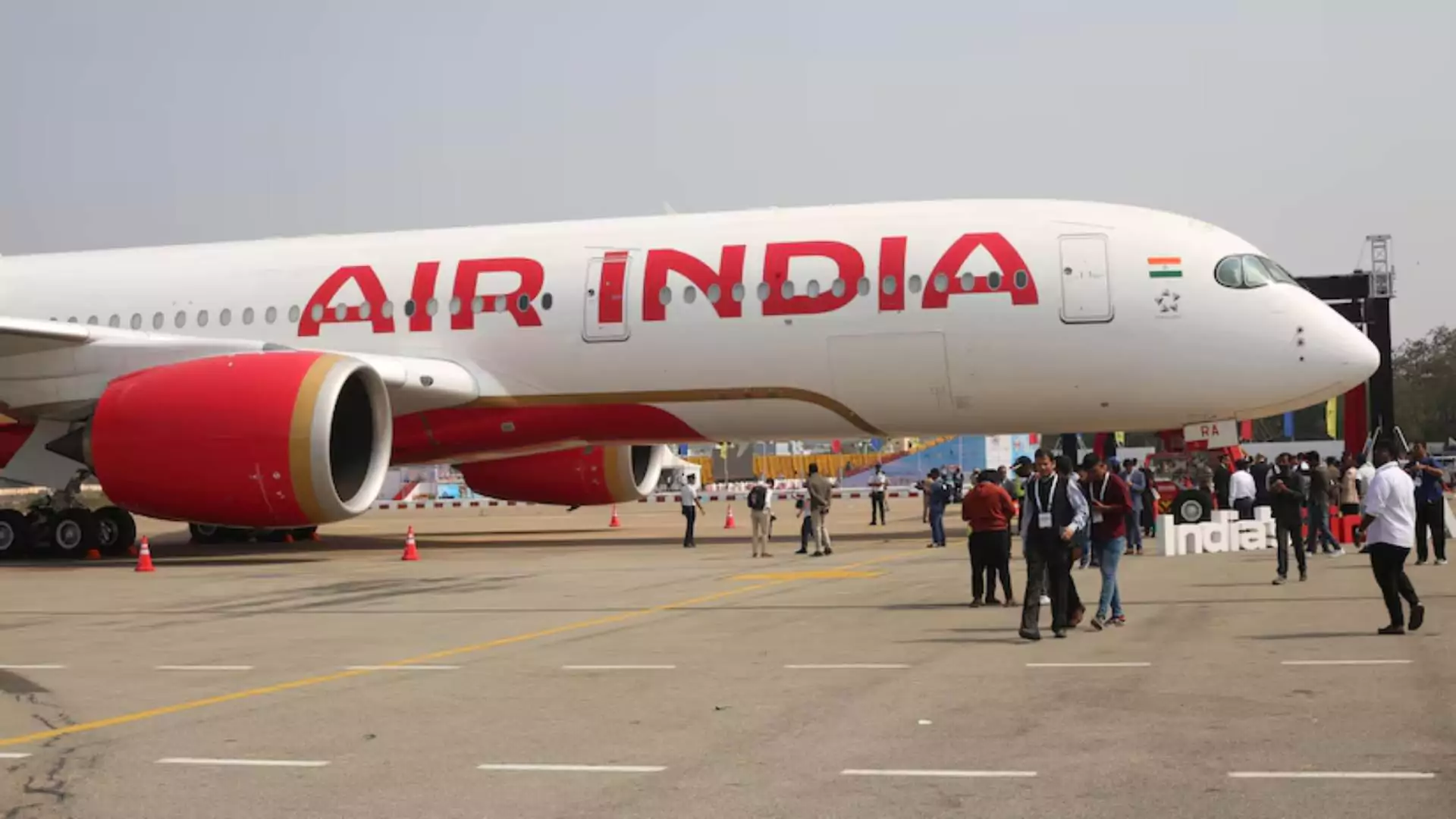The report from the State Bank of India on 14 December has stated that fruits and vegetables in the country are available in abundant quantities. However, this growth has not yet made the consumption of food any less inefficient in the country.
Per capita availability of fruits and vegetables has shown an increase of 7 kg and 12 kg in the last decade. India is producing 227 kg per person annually in fruits and vegetables against the recommended production level of 146 kg.
Some states, such as Madhya Pradesh, Uttar Pradesh, Punjab, and Jammu & Kashmir, show an upward trend, while other northeastern states show a decline in per capita output.
Wastage of fruits and vegetables
However, because of inefficiencies in harvesting, storing, transporting, and packaging, 30–35% of fruits and vegetables end up as waste. In addition to post-harvest losses, agricultural production losses were exacerbated by extreme weather events like heat waves and cold snaps. According to the Indian Council for Agricultural Research (ICAR), wheat yields are reduced by 3-4% for every degree Celsius that the temperature of grain-filling rises above 30 degrees.
Retail inflation in India moderated to 5.48% in November 2024 from over 6% in October on the back of falling vegetable prices. The year-on-year increase in vegetable prices had softened to 29.3% in November from 42.2% in October. However, protein inflation edged up, which in turn lifted core inflation.
The report projects average inflation in fiscal 2025 to be 4.8 percent, with food items still being the main force. While middle- and high-income states have seen even sharper declines in food inflation compared to low-income states, the inflation levels across all states are converging on the Reserve Bank of India’s target of 4%.
Labor migration from low-income to high-income states is the cause of this convergence, as it speeds up disinflation in the former. The study also found that since rural wage rates were not linked to rising prices, wage growth for non-agricultural workers had little effect on food inflation.
ALSO READ: Bharat Progress Report 2024: India’s Unemployment Rate Fell To 3.2%




















